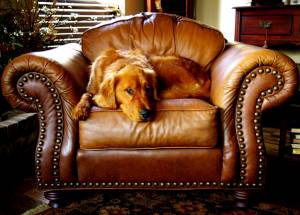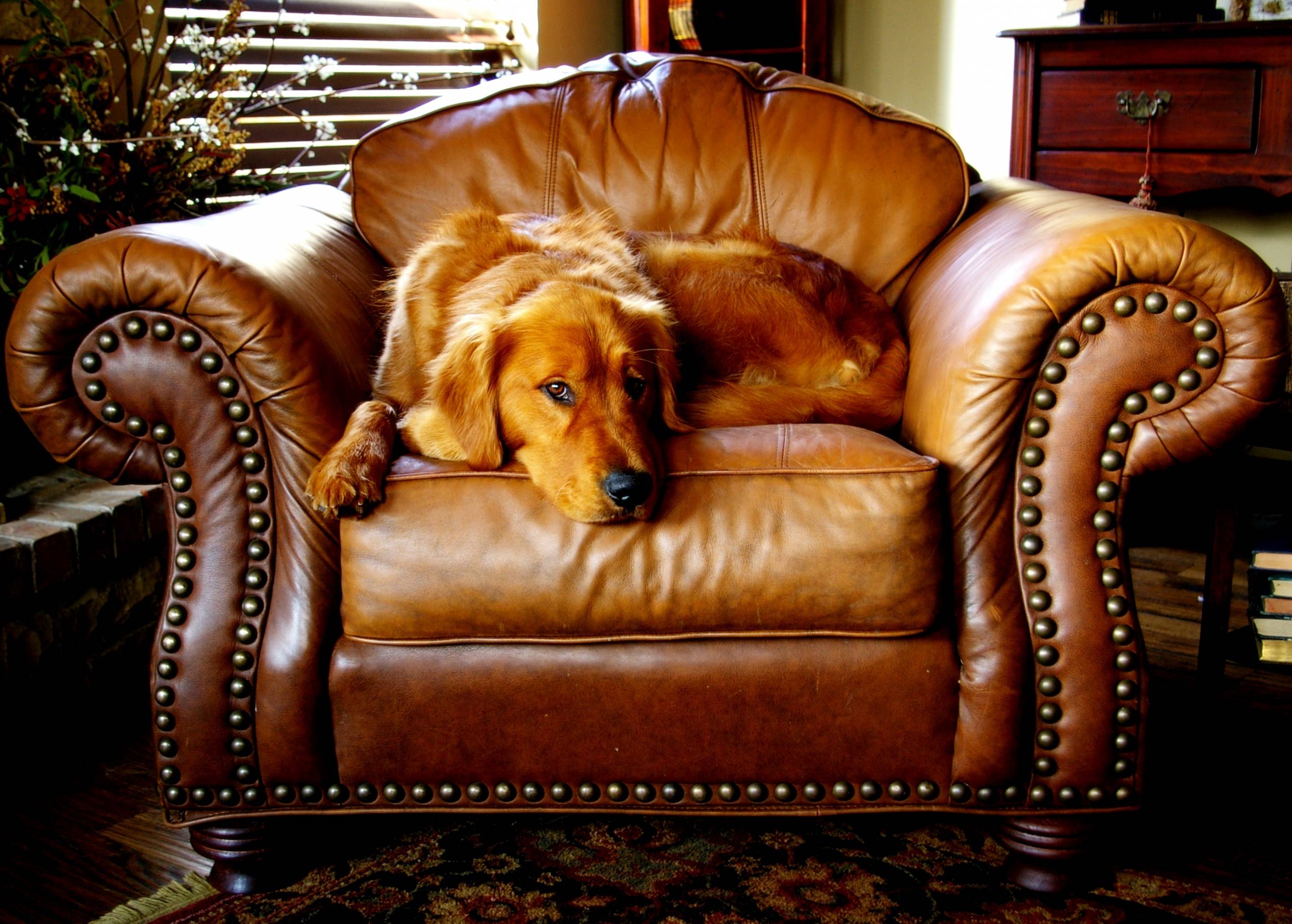
Understanding Separation Anxiety
First and foremost, it’s crucial to recognize the signs of separation anxiety in your dog. These signs can vary from mild to severe and may include excessive barking or howling, destructive behavior, pacing, attempting to escape, or even self-injury. Some dogs may also exhibit signs of anxiety, such as panting, drooling, or trembling.
Causes of Separation Anxiety
Separation anxiety can stem from a variety of factors. Dogs may develop this issue due to sudden changes in their routine, being rehomed, or even being overly dependent on their owners. Understanding the root cause of your dog’s anxiety is the first step to addressing and managing it effectively.
Building Independence through Training
One of the most effective ways to help dogs cope with separation anxiety is by gradually training them to be more independent. This can be done through various exercises and activities. For example, practicing short departures and arrivals can help your dog get used to being alone for short periods of time. Additionally, creating a safe and comfortable space for your dog, such as a designated area with their bed and toys, can also help them feel secure when you’re not around.
Establishing a Consistent Routine
Dogs thrive on routine, and having a consistent schedule can greatly benefit a dog dealing with separation anxiety. Make sure to incorporate regular exercise, meal times, and playtime into your dog’s daily routine. This can provide them with a sense of predictability and security, reducing their anxiety when you’re not at home.
Seeking Professional Help
In some cases, addressing separation anxiety may require the assistance of a professional. A veterinarian or a certified dog behaviorist can provide valuable insights and guidance tailored to your dog’s specific needs. They may recommend behavior modification techniques, medications, or other strategies to help your dog overcome their anxiety.
Patience and Empathy
Above all, addressing separation anxiety in dogs requires patience and empathy. It’s essential to remain calm and understanding as you work with your dog to overcome their anxiety. Remember, every dog is unique, and progress may take time. By approaching the situation with compassion and understanding, you can help your dog feel more secure and at ease when left alone.
In conclusion, separation anxiety in dogs is a common issue that many pet owners face. By recognizing the signs, understanding the underlying causes, and implementing appropriate training and routines, you can help your dog feel more comfortable and secure when you’re away. Remember, addressing separation anxiety is a journey that requires patience and empathy, but with the right approach, you can make a positive difference in your dog’s well-being.[/fusion_text]



